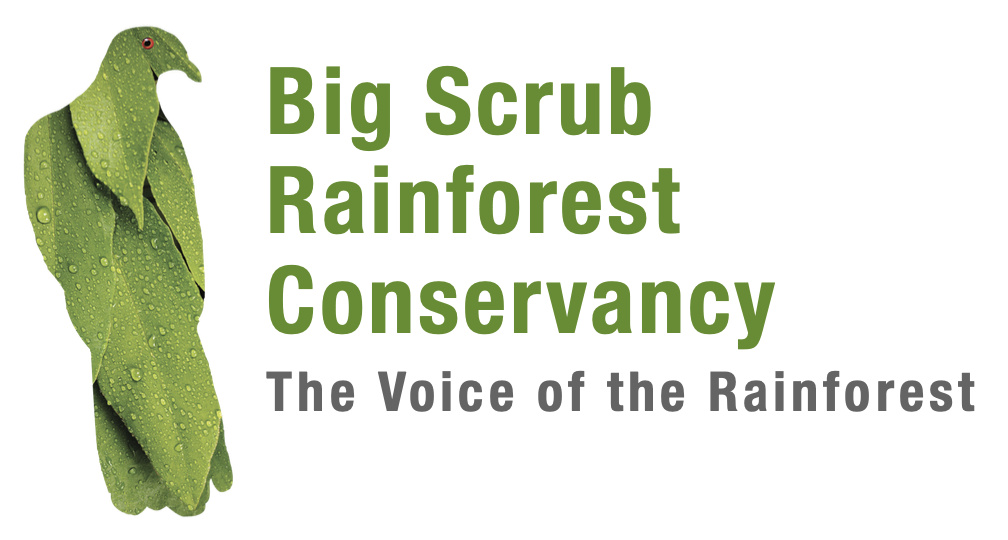In the past, I’ve presented a tongue-in-cheek argument for teak trees being a “good, solid tree”. In this article, I would like to make the more objective case that teaks were much more than the diminished paddock tree we see today.
There is a very impressive paddock tree at Richmond Hill whose tall straight trunk, indicative of pre-clearing origins, has a girth of 12’ (3.7m) and there is a breathtakingly big teak in a Big Scrub remnant at Lindendale, under BSL care, that measures 19’ (5.8m) but there are three historical records that reveal the full grandeur of large teaks.
An article entitled King of the Scrub (Sept 1925), reported on the visit of members of a science congress to Davis Scrub. According to the Northern Star, “Rising from the clump of scrub wood the towering top of a gigantic teak tree… we took off our hats to him ‘The last of his Tribe’ – or nearly so, his straight smooth-skinned barrel ran clean of any blemish for more than 40’ (12.2m)… there were hundreds of solid tufts of orchid growth on every branch, and the top of the tree resembled strongly a collection of gigantic birds’ nests. The ground underneath was strewn with fallen clumps of orchid, and these resembled rocklilies in miniature… the girth was found to be 21’ (6.4m)”.
Though this “king of the scrub” impressed a delegation of international botanists in 1925, it is sobering to read in a NS article 22 years later entitled Well-known Landmark Demolished (May 1947), that “The centuries-old teak tree at the foot of Everitt’s Hill… has been felled… the tree had to be felled to enable electricity to be extended to Mr. E. Everitt’s home. Pioneers of the district have told Mr. Everitt they remember the tree in the early days when the country was heavily timbered. The girth of the tree is 24’ (7.3m). A rare orchid growing at the foot of the tree is almost as famous as the teak itself”.
If I haven’t convinced you of the majesty of the Big Scrub teaks then I leave you with this description by a Big Scrub visitor in 1887. “Let us take a single tree, this venerable teak, with its evidences of age and partial decay… look at the rich flowering orchids and graceful rock lilies, with their pale yellow plumes of bloom clinging to its trunk. Rising higher, see the enormous bird’s-nest ferns and immense staghorns growing in its forks… observe cables of creepers ascending to its topmost branches, their tiny capillary tubes afford channels for the powers of vegetable life and beauty, which in the head of the tree burst and expand in clustering masses of blossoming magnificence, falling in snowy cascades among the branches of the tree and arraying it in a glory not its own. We began by regarding it as a tree, in the forest; we end by finding it almost a forest in itself”.
Big teaks – “a forest in itself”.
Contributed by Ken Dorey


